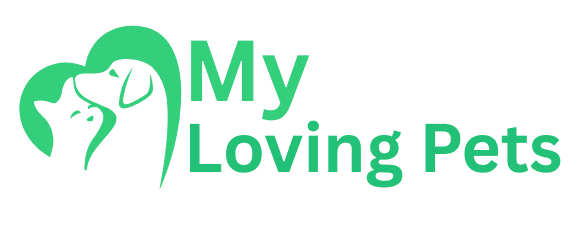You know, something that has been cropping up increasingly in Canada, and it’s likely something to consider even everywhere if we have pets and have any wild spaces around us, is that domestic pets are encountering wild animals increasingly. It’s almost as if with all our cities and towns continuing to expand and extend outward, we’re sort of encroaching on the native habitats of various wildlife, which is leaving our pets and the wild animals coming into contact more often.
We’re seeing news from throughout the nation that pets and increasingly, cats too, are frequently face-to-face with animals such as coyotes, raccoons, and skunks and in some parts, even large predators such as bears and mountain lions. And the encounters, anywhere from the mere sniff out of curiosity to full-blown battle, mostly end up making the pets wounded or worse.
When Our Cities Grow Outwards:
As Canadian cities and towns keep expanding, those natural areas like forests, wetlands, and grasslands are being turned into houses, shops, and factories. This means wildlife has to look for food and shelter closer to where people live, and that naturally leads to more run-ins with our pets.
In addition, we sometimes inadvertently bring wildlife into our communities by leaving simple food sources out, such as open garbage bins or even by leaving pet food outside. This only makes it more probable that they will come into contact with our domestic pets.
What’s Happening Across Canada:
Even though we may not have the very same reports, reports from the rest of Canada paint a picture of what is happening:
- Coyotes in the City: Toronto, Vancouver, and Calgary have all seen an increase of coyotes within the city, which tends to result in their encountering dogs off-leash within parks and residential areas. Conservation officers are always reminding owners to keep their dogs under supervision.
- Raccoons and Skunks Causing Trouble: In many suburban neighborhoods, raccoons and skunks are a normal problem to deal with. They may not be as threatening as larger predators, but they can bite, scratch, and transmit diseases such as rabies.
- Bears Invading Neighborhoods: In wild lands bordering towns, such as parts of Northern Ontario, British Columbia, and Alberta, where neighborhoods are expanding, bears are increasingly encroaching upon homes and may be a danger to pets left home alone in the yard.
- Cats in Peril: Owing to their smaller size and roaming habits, cats are particularly at risk of being targeted by coyotes, owls, and other predators where urban development is encroaching upon land.
Good Advice to Us Pet Owners:
Wildlife professionals and animal welfare experts always advise pet owners to take measures to prevent such encounters from occurring:
- Watch Over Your Pets: Never leave dogs unattended in the yard, particularly when wildlife activity is highest (early morning and evening). Keep the cats inside or secure them in safe enclosures.
- Use a Leash: While walking your dog, keep it on a leash at all times so you can control it and prevent it from chasing or approaching wild animals.
- Secure Your Food Waste: Store your trash in tightly sealed containers and refrain from leaving pet food or anything else that can attract animals outside.
- Know What’s Around You: When you have your pets with you on a more naturalized area, note any signs of wildlife being nearby.
- Learn About Local Wildlife: Learn what species of wild animal are prevalent where we live and know how they typically act.
This increasing issue of our cities creeping into wild spaces is one that challenges pet owners and individuals working to conserve wildlife across Canada. By knowing why these interactions are occurring and making some easy precautions, we pet owners can truly keep our animals safe and assist everyone to peacefully coexist with the local wildlife.
Also visit: Canadian Pet Expo Spring 2025: Top Highlights Recap








